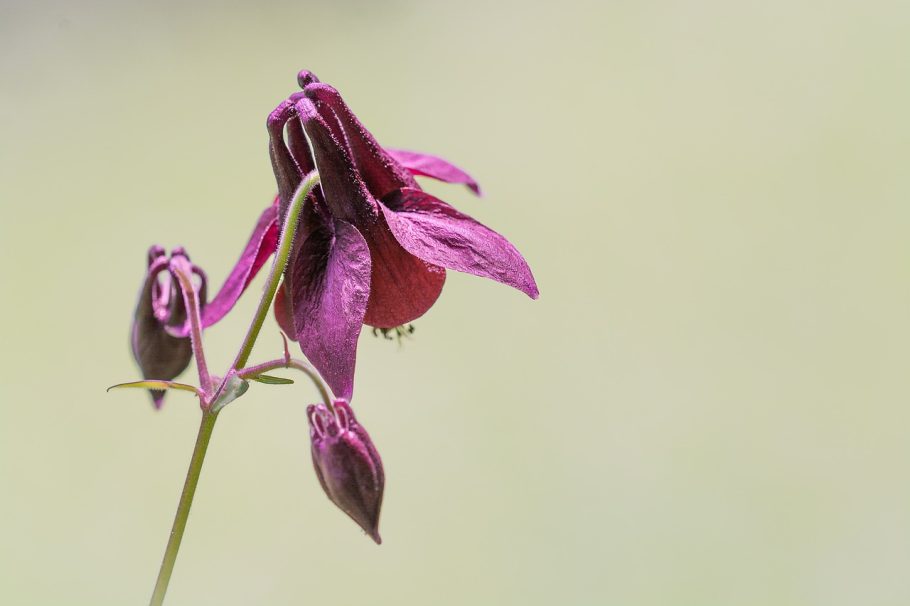=
The history of columbine flowers dates back to ancient times, when they were used for medicinal purposes by many cultures. In fact, the name Aquilegia comes from the Latin word for eagle, because the shape of the flower was thought to resemble an eagle’s claw. The medicinal uses of columbine flowers varied depending on the culture, but they were believed to have healing properties for a variety of ailments, including respiratory issues and skin conditions. In addition to their medicinal uses, columbines were also commonly used in perfumes and other cosmetic products. They have been grown and cultivated for centuries, with evidence of their cultivation dating back to Medieval Europe.
- In ancient Greece, columbines were often used as a treatment for epilepsy.
- In Renaissance Europe, columbines were used to treat skin conditions and as a diuretic.
- In traditional Chinese medicine, columbines were used to treat digestive issues and as a sedative.
Today, columbine flowers continue to be appreciated for their beauty and unique features, as well as their historical and cultural significance.
The History of Columbine Flowers
Columbine flowers have a rich history dating back to ancient times, where they were used for medicinal purposes in many cultures. These flowers were believed to have healing properties for a variety of ailments, including respiratory issues and skin conditions. They were also commonly used in perfumes and other cosmetic products.
In the Middle Ages, columbines were often associated with love and devotion and were used in a variety of romantic traditions, such as love potions and spells. These flowers were also believed to symbolize new beginnings and transformation, making them a popular choice for wedding ceremonies.
Throughout history, columbine flowers have played a significant role in literature and folklore. They were often used in fairy tales and fables as a symbol of purity and innocence, and were frequently used to represent the beauty and grace of a particular character. Additionally, columbines were used as a metaphor for spiritual enlightenment and the pursuit of knowledge.
Columbine flowers have also been a popular subject in art throughout the ages. They have been featured in many different art styles, including paintings, sketches, and sculptures, and have been used to represent a variety of themes and ideas.
The Symbolism of Columbine Flowers
Columbine flowers have been admired for their symbolic meanings by many cultures. During medieval times, they were commonly used as emblems of love and devotion and were even incorporated into love potions and spells. But the symbolism of columbines extends beyond romance. These flowers have also been connected with new beginnings and transformation, making them a frequent choice for weddings and other ceremonies.
Columbine flowers are known for their unique structure and delicate appearance. Their many shades of pink, blue, purple, white, and red are often associated with different meanings. For instance, white columbines symbolize purity and innocence, while blue columbines represent steadfastness and hope.
Furthermore, in literature and folklore, columbine flowers have been used to symbolize beauty and grace. They are also thought to represent spiritual enlightenment and the pursuit of knowledge. As a result of their rich symbolism and cultural significance, columbine flowers have been a popular subject in various forms of art over the years.
Overall, the history and symbolism of columbine flowers have contributed to their enduring appeal. These unique and beautiful flowers continue to capture the hearts and imaginations of people all over the world.
Columbines in Literature and Folklore
Columbine flowers have a rich history and cultural significance, and they have played a significant role in literature and folklore throughout history. In fairy tales and fables, columbine flowers are frequently mentioned as a symbol of purity and innocence. They were often used to represent the beauty and grace of a particular character. Additionally, columbines have been used as a metaphor for spiritual enlightenment and the pursuit of knowledge.
In literature, columbine flowers are often described as beautiful and graceful. They have been used to represent the fleeting beauty of nature, the fragility of life, and the power of love. In mythology, columbine flowers were sometimes associated with the goddess Aphrodite. According to legend, Aphrodite was walking in a meadow when she was struck by an arrow from Cupid. As a result of this wound, columbine flowers sprang up where her blood fell.
Overall, the rich history and cultural significance of columbine flowers make them a fascinating subject for exploration. From their use in medicine to their symbolism in art and literature, there is much to learn about these beautiful and unique flowers.
The Columbine Flower in Art
The beauty and unique characteristics of columbine flowers have made them a favorite subject in art throughout history. From oil paintings and watercolors to sketches and sculptures, columbines have been featured in many different styles. They have been used to represent a variety of themes and ideas, including love, purity, and spiritual enlightenment.
One of the most famous depictions of columbine flowers in art is Vincent van Gogh’s painting, “Columbines.” This oil on canvas painting features a vibrant bouquet of columbines in shades of blue, purple, yellow, and white. The intricate details of the flowers and leaves are captured in van Gogh’s signature bold and expressive brushstrokes.
Another notable example of columbine flowers in art is Albrecht Dürer’s watercolor painting, “Columbine in a Vein Vase.” This delicately rendered painting features a single columbine flower in a vase, surrounded by intricate details of leaves and other foliage. The use of light and shadow creates a sense of depth and realism in the painting.
In addition to these famous works, columbine flowers have been featured in countless other paintings, sketches, and sculptures throughout history. Whether used to represent purity, love, or spirituality, the beauty and cultural significance of these flowers has inspired countless artists over the centuries.





